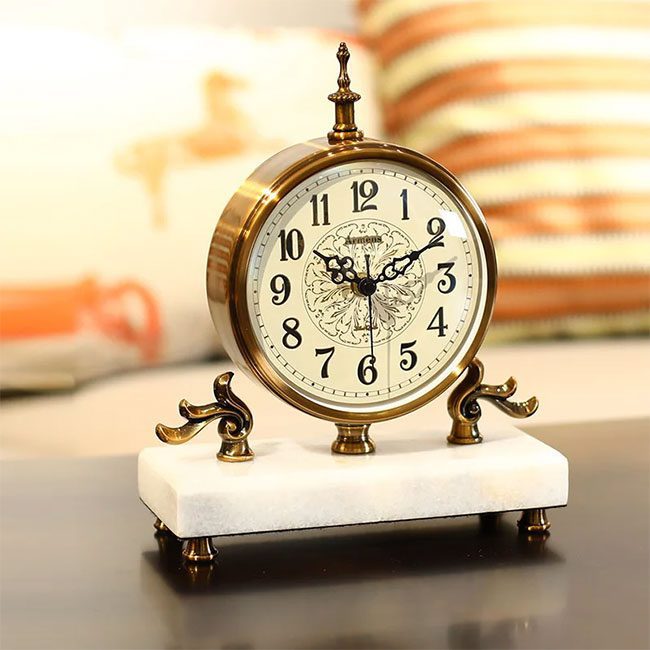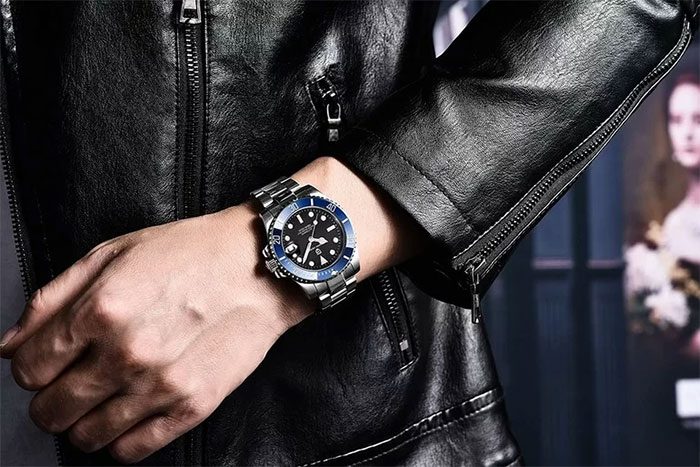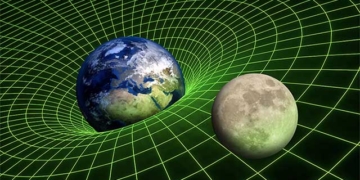You may be quite familiar with clocks, the time-measuring instruments based on cyclical phenomena. However, have you ever wondered: Why are clocks called… clocks?

All time-measuring instruments are called clocks.
The word “đồng” in “đồng hồ” refers to “copper” – a type of metal (銅). The word “hồ” (壶) here refers to a vessel used to hold liquid, characterized by a narrow mouth and a bulging body. This “hồ” is also the same character used in “hồ lô” (gourd).
Clocks essentially mean a copper vessel. In ancient times, to tell the time, the Chinese used a copper vessel with a small hole at the bottom. By filling the vessel with water, it would gradually leak out from the hole, and the water level would indicate the time.
When Western clocks were introduced to our country, even though they were neither water-driven nor made of copper, they were still referred to as clocks due to previously established habits. Thus, all types of time-measuring instruments came to be called clocks.
Interesting Facts About Wristwatches
According to industry experts, the first wristwatch is believed to have belonged to Queen Elizabeth I of England. It was a bracelet-like watch adorned with diamonds, attached to a small clock gifted by the Earl of Leicester in 1571.
In 1770, Abraham-Louis Perrelet, a Swiss watchmaker, invented a self-winding watch mechanism.
It wasn’t until 1880 that wristwatches made their public debut, with the Swiss brand Girard-Perregaux producing them on a large scale and with quality, primarily for naval forces and the German army.

The wristwatch first made its public debut in 1880. (Illustrative image).
In the latter half of the 18th century, other developments allowed for thinner, more accurate, and more complex designs in watches. In 1912, the first wristwatch displaying the date was introduced. In 1915, the first waterproof wristwatch was created.
Since their inception, the size of wristwatch glass has continuously changed, initially shrinking and then increasing gradually since the 1970s. Before the 1960s, the average size of men’s wristwatch faces ranged from 28 to 32 mm; today, that number is between 38 and 42 mm.
More and more, various types of watches with numerous functions have emerged to serve the needs of different users. These include diving watches, climbing watches, watches with multiple time zones, GPS features for determining latitude and longitude, temperature readings, health monitoring functions, and even features akin to those found in mobile phones.
Watches symbolize time. The passage of time signifies that people age and eventually die. Therefore, watches rank at the top of the list of gifts that the Chinese dislike the most, as the act of giving a clock in Cantonese sounds like the phrase “a gift of ending”, which means caring for or burying a deceased loved one.




















































